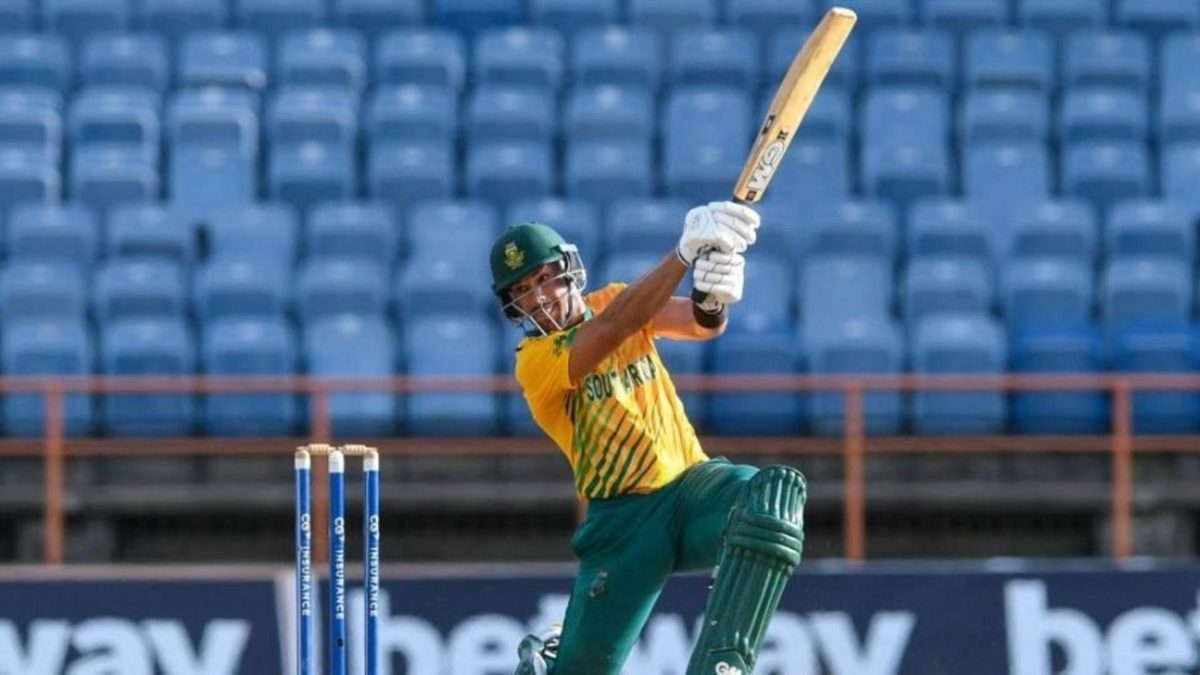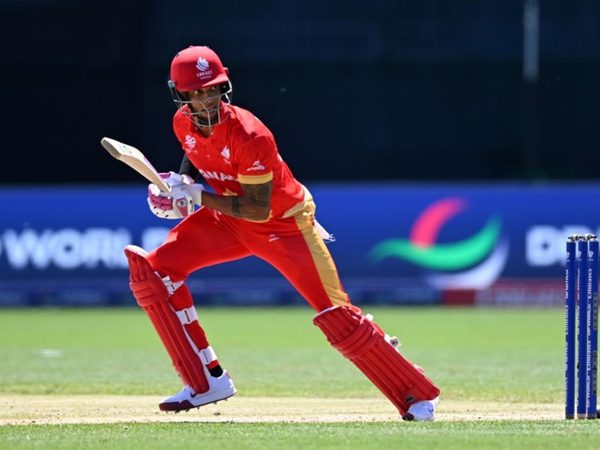
Aiden Markram has been written off countless times at different levels of cricket, each time returning to prove a point. His South Africa career is headed down the same path, writes Rohit Sankar.
Sign up to The Cricket Draft, powered by Wisden, an all-new, free-to-play fantasy game running alongside The Hundred, to win prizes and compete with your friends.
The South African way of handling superstar players is odd to say the least. Take AB de Villiers for instance. He was asked to take the gloves when his batting credentials were soaring and then handed over the reins of the side. In a few years time, de Villiers had a damaged back, a confused mindset and an underperforming team.
Quinton de Kock was handed over the captaincy when he was already the wicketkeeper and the opener in the limited-overs side, and also the batting mainstay in the Test line-up. Safe to say that didn’t last either. Kagiso Rabada was their bowling superstar, and they wore him out by overbowling him, so much so that his peak might be past him.
Graeme Smith was one South Africa hit the nail on the head with, but Biff could take more than most, and thrived in the role even though pushed onto him at a young age. The last half is deduced from Smith’s comments after another goof up by the Proteas in handling a rising star. Aiden Markram is officially the only South African cricketer to lead his country to a World Cup win and believe it or not, that’s a huge deal in the country. The skipper of the under-19 side in 2014, Markram brought home the World Cup to sate the hunger of title-deprived Proteas fans.
When Markram was handed his international cap, little did he fathom that he’d be asked to lead the side, even if only in stand-in capacity, just six months and two ODIs into his international career. Markram was already asked to bat out of position – a middle-order role rather than the top-order one he was accustomed to – in the ODI side and needless to say, the captaincy seemed like a burden he could do without.
“I would have rather had him find his place, find his feet within the one-day set-up, try and get runs behind him,” Smith, who knew a thing or two about being thrust into the role that early, said at the time.
But that’s how South Africa deal with superstars. They entrust too much in them early on only to regret later. In Markram’s case, they were quick to place him on a pedestal and as quick to bring him down from it, writing him off even before he could warm himself to full potential.
Markram himself was pretty forthright about the extra responsibility he took upon himself. “Looking back, though, I don’t think I was the right person for the job,” he said later in an interview with The Cricket Monthly.
Markram wasn’t. The onus of captaincy weighed him down and the manner of his dismissals, more than the lack of runs itself, were disturbing, even for his mentor, Ray Jennings, the man who handed him the under-19 captaincy against all odds for the World Cup in 2014.
At its best, Markram’s batting is lucid. His game play is eye-catching. But while his finest strokes carry the conviction of the uber-confident, like any upcoming youngster, Markram has his insecurities. So far, instead of helping him through it, South Africa compounded those woes. From superstar overnight, Markram found it difficult to break into the XI quite often when his potential was evident for all to see. His overall numbers across formats fail to show the kind of player Markram is.
A Test average of 39.65? Meh, surely he is average? But, have you seen his 143 against the Aussies in the first Test in 2018, where he dragged South Africa from 49-4 up to 263-5 against an attack breathing fire, briefly threatening one of the great heists?
The average in Asia is 25.9. Pretty ordinary. But, on the tour of Pakistan this year, he made a terrific 74, a great-looking 60 and a classy 108 to show conquering all conditions isn’t beyond him.
Markram’s ODI average is 26.8. But nobody would tell you that he was shuffled from a middle-order to a top-order role four times in 28 innings.
He has played 12 T20Is in two years, including playing 10 matches in 2021, but he opened the batting in just four of them. In three of those he made half-centuries. Back-to-back. He was dropped for the next two T20Is. When he returned to the XI, it was in a middle-order role, and in one of the three matches in the West Indies series, Markram smashed a 48-ball 70 at No.3.
His T20I strike-rate is above 150. His List A strike-rate is 97 and average well above 40. He has five Test tons and is the second-fastest South African to 1,000 Test runs. He has even silenced the voices that raised questions over his abilities against spin and in the sub-continent.
The script isn’t too different in lower levels of cricket. He was handpicked by Jennings in his pre-under-19 days, when he did not have a provincial team, and despite a shoddy tour of India, one where Jennings had to force Markram’s case against CSA’s wishes, before the under-19 World Cup, he was made the captain, another decision that could have backfired spectacularly had Markram not returned with the golden cup.
Time and again, Markram, after being written off or underrated, has come back to make an indelible mark. It’s time South Africa trust in him and give him his dues. Given the state their cricket is in, Markram should be playing every single game across formats when fit and available, with the batting line-up built around him rather than the other way around. His abilities and talent, the team’s situation and composition and his numbers, even if not obvious at one glance, demand it.
The future is right before South Africa’s eyes, but their handling of Markram says they do not see it yet. Like the other times, Markram will likely have his way and carve his own path to stardom.








